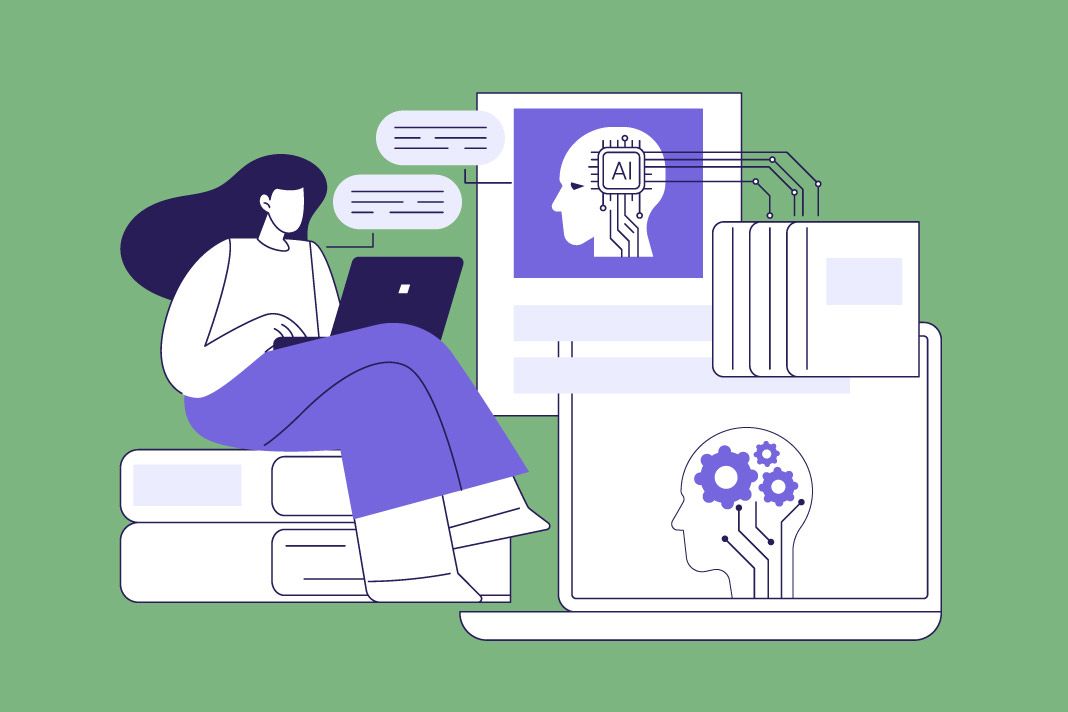Europe bets on AI to fix its productivity slump—but unequal access to skills and data could deepen workforce divides instead of closing them.
European businesses have a productivity problem. Output per worker still hasn’t returned to pre-2008 levels, and Europe’s labor productivity gap compared to the US has widened steadily since the mid-1990s – and again after the pandemic.
Governments are starting to recognize AI’s potential to address this output issue. The UK has launched a £2 billion AI Action Plan and national skills program aimed at preparing students and workers for an AI-driven economy. In the Netherlands, the government has pledged €70 million to establish a major AI research hub in Groningen, with a focus on innovation and infrastructure.
These advancements hold great promise, but if businesses adopt AI without thoughtfully considering which employees will benefit most, they could unintentionally exacerbate the very problems they’re trying to solve. Rather than driving productivity, AI could entrench a two-tier workforce: those equipped to use it, and those left behind.
The Two-Tier Workforce Is Already Here
Across sectors, AI adoption is becoming relatively widespread – but it’s happening unevenly. Only 11% of individuals over 55 and 18% of women have received any AI training, compared to 30% of those under 44 and 36% of men. Senior leaders are almost five times more likely to have training in AI than manual or clerical staff. This means there is a fast-moving “AI-literate” tier of teams and individuals learning how to use AI to drive performance, productivity, and innovation, and a trailing cohort that risks being excluded from the benefits.
This gap isn’t hypothetical. Organizations that are already embedding AI into their workflows are pulling ahead—not just among C-suite and data teams, but across the entire workforce, helping to streamline tasks, reduce costs, and improve decision-making. The results are telling. Those rolling out AI across teams are 43% more likely to record revenue gains and 40% more likely to report higher productivity, compared to organizations where only a few departments are AI literate. Industries most exposed to AI have also seen labour productivity grow almost five times faster than those that are not.
While this story has played out before with cloud computing and digital transformation, the “haves and have-nots” dynamic is intensifying, as the speed of AI adoption means the gap is growing faster, and the consequences are more severe. Failure to address today’s skills gap is set to result in severe structural inequalities.
Why This Matters for Business, Not Just Policy
A fragmented workforce isn’t just a cultural issue; it’s a business one. Transformation must be a company-wide initiative; however, if AI capability is limited to just a few people in specialist roles, growth will be slower.
To unlock real productivity, businesses need employees at every level to experiment with AI, build confidence, and apply it to their everyday work. That means providing people with an environment in which to learn, not just tools to use.
But scaling AI across the workforce is a readiness problem. Many organizations still rely on legacy systems that weren’t built for an AI era. Data is siloed across dozens of platforms, each with different formats, access protocols, and compliance rules. When key data is limited to individual departments, technical teams, or even tools, it deepens the divide between those who can experiment with AI and those who can’t.
This fragmentation creates an uneven playing field. Democratizing data means providing everyone, regardless of role or location, with relevant access to consistent and well-governed data. Then, AI delivers just as well for a marketing manager in Asia as it does for a developer in Europe.
The fix for fragmentation isn’t more isolated tools, but modernizing infrastructure. A modern data architecture underpinned by a unified data platform brings siloed data sources together into a single, governed environment. This enables consistent access, automatic application of security and compliance controls, and provides visibility into how data is used. The risk of AI misuse also decreases, allowing for meaningful and safer experimentation. Only then can businesses encourage company-wide, responsible innovation, without compromising security, privacy, or compliance.
Bringing AI to The Data—Anywhere
In isolation, implementing AI won’t fix the European productivity gap. Organizations must ensure that their workforce can utilize new solutions safely and effectively to drive their business forward. That starts with data infrastructure. Businesses need to enable consistent, governed access to data across the organisation – so that every employee, in every role, can have the same AI experience.
But actual change also requires a culture shift. One that supports learning, encourages responsible exploration, and opens up opportunities across all levels of the workforce. The future of AI relies on whether businesses make innovation inclusive—by investing in infrastructure, enabling experimentation, and making AI accessible to everyone.



